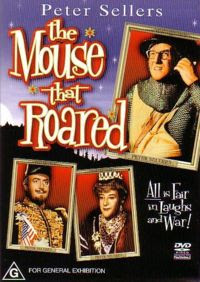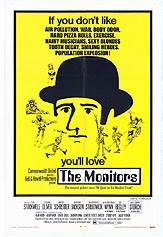
"Hugo Ball was born in Pirmasens, Germany and was raised in a Catholic family. He studied sociology and philosophy at the universities of Munich and Heidelberg (1906–1907). In 1910, he moved to Berlin in order to become an actor and collaborated with Max Reinhardt. He was one of the leading Dada artists. He created the Dada Manifesto:
Dada is a new tendency in art. One can tell this from the fact that until now nobody knew anything about it, and tomorrow everyone in Zurich will be talking about it. Dada comes from the dictionary. It is terribly simple. In French it means "hobby horse". In German it means "good-bye", "Get off my back", "Be seeing you sometime". In Romanian: "Yes, indeed, you are right, that's it. But of course, yes, definitely, right". And so forth. An International word. Just a word, and the word a movement. Very easy to understand. Quite terribly simple. To make of it an artistic tendency must mean that one is anticipating complications. Dada psychology, dada Germany cum indigestion and fog paroxysm, dada literature, dada bourgeoisie, and yourselves, honoured poets, who are always writing with words but never writing the word itself, who are always writing around the actual point. Dada world war without end, dada revolution without beginning, dada, you friends and also-poets, esteemed sirs, manufacturers, and evangelists. Dada Tzara, dada Huelsenbeck, dada m'dada, dada m'dada dada mhm, dada dera dada, dada Hue, dada Tza.
..and so on...
His involvement with the Dada movement lasted approximately two years. He then worked for a short period as a journalist, for Freie Zeitung in Bern. Eventually he retired to the canton of Ticino where he lived a religious and relatively poor life. He died in Sant'Abbondio, Switzerland.
His poem "Gadji beri bimba" was later adapted to the song entitled "I Zimbra" on the 1979 Talking Heads album Fear of Music; he received a writing credit for the song on the track listing."
Dadaism is certainly not be confused with less successful "Mamaism" a Madison Avenue approach to the bored housewife-cum-surrealist of the late fifties.
 From Design Boom
From Design Boom
















































